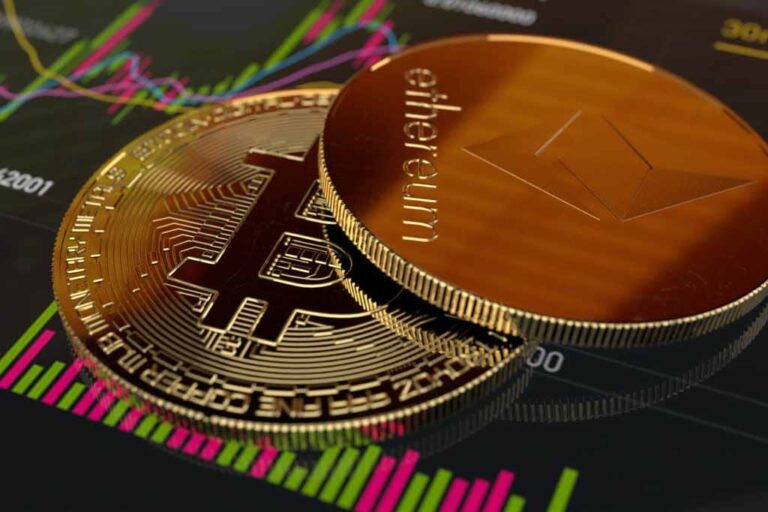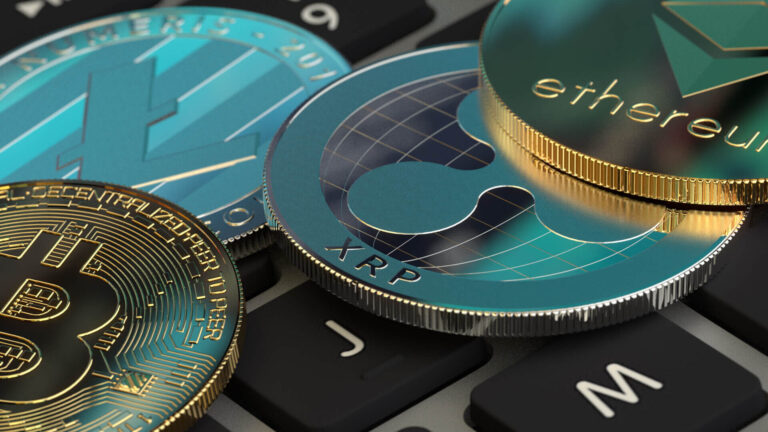How Does Bitcoin Mining Work? A Complete Guide for Beginners
Bitcoin mining is one of the most fascinating aspects of the cryptocurrency world. It’s the process that keeps the Bitcoin network secure, decentralized, and functional. But how does it actually work? In this guide, we’ll break down the concept of Bitcoin mining in simple terms, explaining its purpose, the technology behind it, and how you can get started.

What is Bitcoin Mining?
Bitcoin mining is the process of validating and adding new transactions to the Bitcoin blockchain. Miners use powerful computers to solve complex mathematical problems, and in return, they are rewarded with newly created Bitcoins. This process not only secures the network but also ensures that all transactions are verified and recorded transparently.
Think of Bitcoin mining as a decentralized accounting system. Instead of a central authority (like a bank) verifying transactions, miners around the world compete to validate them. This makes Bitcoin trustless and censorship-resistant.
Why is Bitcoin Mining Necessary?
- Transaction Verification: Miners verify the legitimacy of Bitcoin transactions, ensuring that no one spends the same Bitcoin twice (a problem known as “double-spending”).
- Network Security: The mining process makes it extremely difficult for anyone to manipulate the blockchain, as doing so would require an enormous amount of computational power.
- New Bitcoin Creation: Mining is the only way new Bitcoins are created and introduced into circulation. This process is designed to mimic the extraction of precious metals like gold, hence the term “mining.”
How Does Bitcoin Mining Work? Step-by-Step
1. Transactions are Bundled into Blocks
- When you send or receive Bitcoin, the transaction is broadcast to the network.
- Miners collect these transactions and bundle them into a “block.”
2. Miners Compete to Solve a Mathematical Puzzle
- Each block contains a unique mathematical puzzle called a “hash function.”
- Miners use their computational power to find a specific number (called a “nonce”) that, when combined with the block’s data, produces a hash that meets certain criteria.
3. The First Miner to Solve the Puzzle Wins
- The miner who solves the puzzle first broadcasts the solution to the network.
- Other miners verify the solution, and if it’s correct, the block is added to the blockchain.
4. The Miner is Rewarded
- The winning miner receives a “block reward,” which is currently 6.25 Bitcoins (as of 2023). This reward is halved approximately every four years in an event called the “halving.”
- The miner also earns transaction fees from the transactions included in the block.
What Do You Need to Start Bitcoin Mining?
- Hardware:
- ASIC Miners: Application-Specific Integrated Circuits (ASICs) are specialized devices designed exclusively for Bitcoin mining. They are much more efficient than regular computers or GPUs.
- Software:
- Mining software connects your hardware to the Bitcoin network and allows you to participate in the mining process. Examples include CGMiner, BFGMiner, and EasyMiner.
- Electricity:
- Mining consumes a significant amount of electricity. You’ll need access to cheap and reliable power to make mining profitable.
- Mining Pool:
- Mining alone can be challenging due to the high level of competition. Joining a mining pool allows you to combine your computational power with other miners and share the rewards.
Challenges of Bitcoin Mining
- High Energy Consumption: Bitcoin mining consumes a lot of electricity, leading to concerns about its environmental impact.
- Increasing Difficulty: The Bitcoin network automatically adjusts the difficulty of the mining puzzle to ensure that blocks are added approximately every 10 minutes. As more miners join the network, the difficulty increases.
- Cost of Equipment: ASIC miners are expensive, and they become obsolete quickly as newer, more efficient models are released.
Is Bitcoin Mining Still Profitable?
The profitability of Bitcoin mining depends on several factors:
- The cost of electricity in your area.
- The price of Bitcoin.
- The efficiency of your mining hardware.
- The size of your mining pool (if you join one).
Use online mining calculators to estimate your potential earnings before investing in mining equipment.
Conclusion
Bitcoin mining is a critical component of the Bitcoin ecosystem. It ensures the security and decentralization of the network while also introducing new Bitcoins into circulation. While mining can be profitable, it requires significant investment in hardware, electricity, and time. As the Bitcoin network continues to grow, mining will remain a competitive and evolving field.
Whether you’re interested in mining as a hobby or a business venture, understanding how it works is the first step. Stay informed, do your research, and always consider the costs and risks involved.


